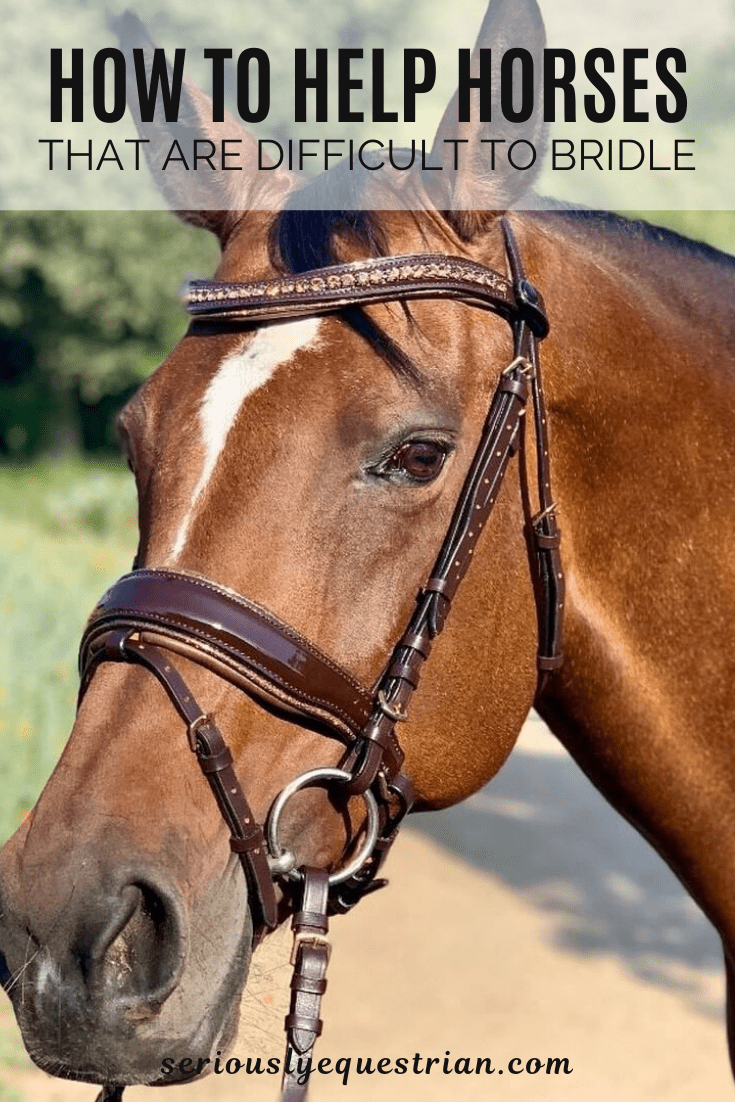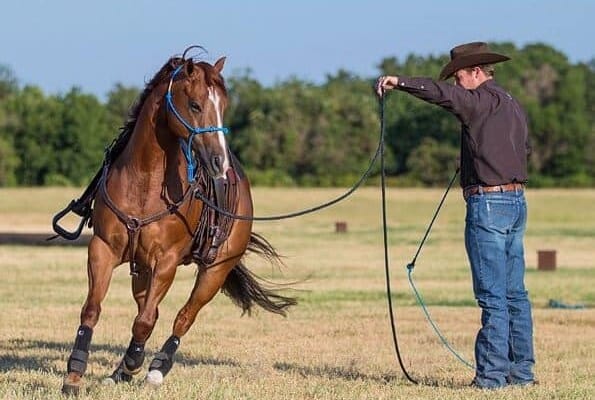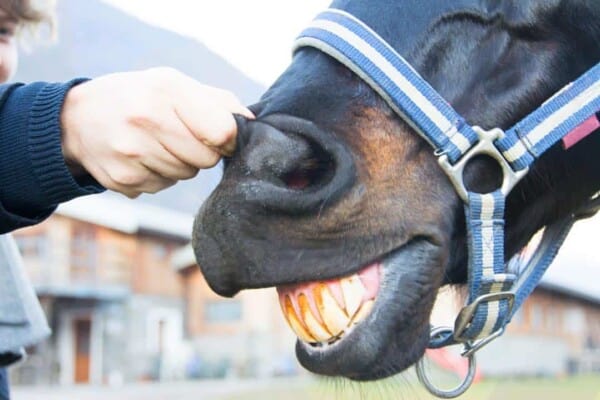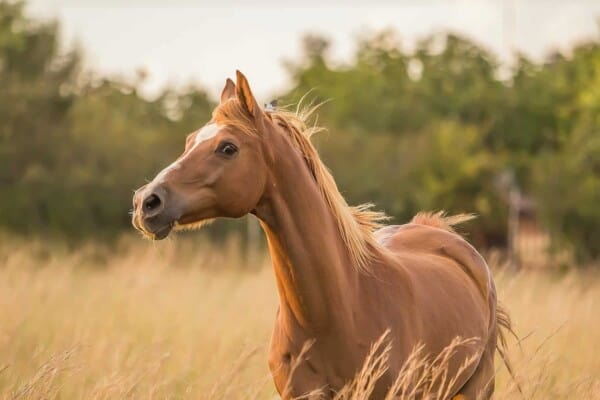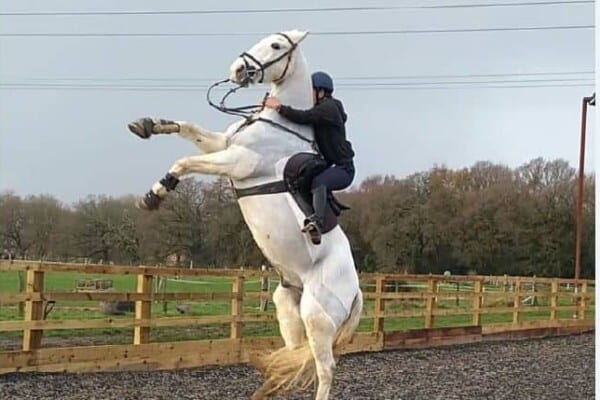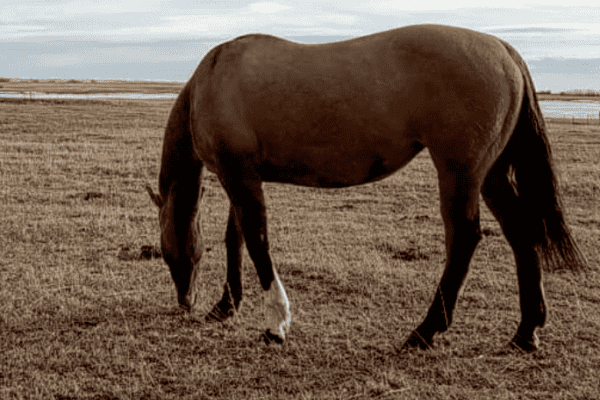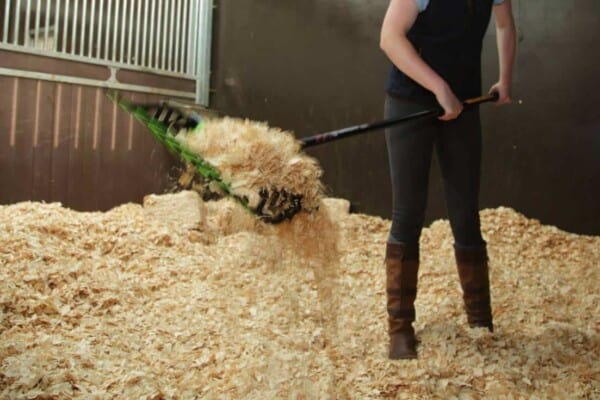What makes horses difficult to bridle?
This most commonly occurs due to a past incident which has frightened the horse or caused pain. Horses remember bad experiences and one incident can be enough to create a new behavior pattern. Very occasionally, some horses seem to be super sensitive about the bridle, perhaps the headpiece going over their ears when there appears to be no underlying cause. At the end of the day, whether the problem is man made or just normal for that horse, you still have to figure out a way to deal with it.
Bridling and mouthing young horses
When dealing with young horses it is very important to make a new process a positive experience when doing for the first time. Bridling is no different to clipping or loading, the new experience has to be introduced calmly, sensitively and professionally, most importantly of all, the stages of introduction and training have to be positive and not rushed.
- Take your time with a young horse, never be in a hurry
- Do everything deliberately and steadily but don’t be hesitant as the horse can read this as fear
- Putting a bridle on a young horse is the same as putting a bridle on any horse, there is no different way to do it
- You can teach the horse to open his mouth in preparation for the bit by a little gentle pressure on the bars of his mouth. If he is used to you sliding your finger in there then this will be less of a concern when you come to bridle
- The horse should already happily be wearing a head collar or halter. This will let you know whether he is sensitive about any parts of his head
- Use a smooth snaffle or plastic bit
Horses that are stubborn or difficult to bridle
This can manifest itself in one of several ways:
- The horse will throw their head up trying to put it out of reach
- They may refuse to open their mouth clamping their jaws shut
- They may accept the bit but drop it when the crown piece reaches their ears
It is important to rule out any issues with pain either in the mouth or elsewhere on the head. Routine dentistry will identify any problems in the mouth particularly where the bit sits or sharp hooks up in the cheeks which may make the horse reluctant to bridle.
Chiropractic or osteopathic treatment will examine the horse’s head, poll and neck. A vet can confirm whether or not the horse is experiencing any issues with his ears; this can be accompanied by head shaking. A clean bill of health from these professionals may mean that the horse is simply holding onto or exploiting a previous bad experience.
Size does matter
If you are 5’ and your horse is taller than 16.3hh then this can quickly turn into a losing battle. If you cannot easily reach the horse then get someone taller to help you with the bridling until the horse has learned to lower his head without resistance.
Training and retraining techniques
- Lose the bridle and teach the horse to simply respond to the movement of your hands – you should be able to lightly place your hands on his head and he should allow you to move it around effectively yielding to pressure
- You should be able to touch the horse’s poll directly between the ears and he should respond by lowering his head
- When the horse responds to the pressure of touch and is happy in a head collar then it is time to reintroduce the bridle
- When you put the reins over the horse’s head, keep them close to the ears at the top of the neck, this makes it easier to control the horse if he tries to move away
- Slip off the head collar
- Organize the bridle by lifting the nose band up and hooking it towards the crown piece or, you can take it off completely, they can just get in the way
- Grasp the bridle midway down, a point halfway between the crown piece and the bit with your left hand
- Using your right hand, gently guide the horse’s head towards you
- Guide the bit into the horse’s mouth, using pressure with the right thumb if necessary
- As the horse accepts the bit, lift the bridle up and slide in one ear at a time
- When the bridle is on, make sure that it is comfortable by checking the fit from both sides and the front before securing it via the noseband and throat lash
Horses with ingrained resistance or a real problem need to be taken back to basics by a competent and confident handler. Their original problem may have been caused by bad or rough handling or pain either from ill-fitting tack or from some other source such as a rotten tooth. As with all these things, patiently establishing a bond of trust and respect is the only way to cure problems. It can require endless patience. Never manhandle the horse to put the bridle on, this never gets a good response and maybe what caused the problem in the first place. A horse that is free of pain can be retrained to happily accept a bridle following these principles although there may always be a residue of the past and an element of resistance.
Golden rules
- Never tack up in a hurry
- Never treat the horse roughly or impatiently when you bridle or allow anyone else to
- Always support and hold the horse’s head when you take the bridle off – some horses clamp and hold the bit and can end up pulling back if they get in a muddle and do themselves some serious damage



